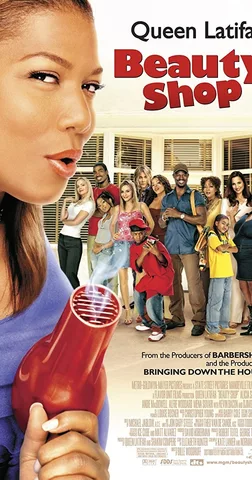
How can a common word be trademarked?
Understanding Trademark Law
Before diving into how a common word can be trademarked, it's important to understand the basics of trademark law. According to the United States Patent and Trademark Office (USPTO), a trademark is a word, phrase, symbol, or design that identifies and distinguishes the source of goods of one party from those of others. In simpler terms, trademarks help to protect a brand and its reputation.
The purpose of trademark law is to prevent consumer confusion and deception, and to help maintain fair competition in the marketplace. Companies invest a significant amount of time, money, and effort into building their brands, and trademarks help to ensure that their hard work isn't easily stolen or copied by others.
Common Words and Trademark Eligibility
At first glance, it might seem strange that a common word can be trademarked. After all, these words are frequently used in everyday language and are typically free from any proprietary claim. However, the key to understanding how a common word can be trademarked lies in the context in which the word is used.
For a common word to be eligible for trademark protection, it must be used in a way that is distinctive and identifies a specific product or service. This means that the common word cannot simply be used in its ordinary, everyday sense, but rather, it must take on a new, secondary meaning that is unique to the brand it represents.
Examples of Common Words as Trademarks
There are numerous examples of common words that have been successfully trademarked by companies in various industries. Some of these include:
- Apple (for computers and electronics)
- Amazon (for an online marketplace)
- Shell (for gasoline and petroleum products)
- Target (for a retail store)
In each of these cases, the common word has taken on a new, secondary meaning that is unique to the brand it represents. For example, when people hear the word "Apple" in the context of computers and electronics, they immediately think of the tech giant and its suite of products, rather than the fruit.
Criteria for Trademarking a Common Word
To successfully trademark a common word, a company must meet certain criteria established by the USPTO. These criteria include:
- The common word must be used in a way that is distinctive and identifies a specific product or service, as mentioned earlier.
- The common word must not be merely descriptive of the goods or services it represents. For example, a company that sells apples cannot trademark the word "apple" to describe its fruit, as the word is merely descriptive in this context.
- The common word must not be generic or too broad in its application. Generic terms are often deemed ineligible for trademark protection, as they do not distinguish the source of goods or services.
By meeting these criteria, a company can successfully trademark a common word and protect its brand and reputation in the marketplace.
Challenges and Controversies Surrounding Common Word Trademarks
While many companies have successfully trademarked common words, the process is not without its challenges and controversies. One of the main issues that arises when a common word is trademarked is the potential for consumer confusion and infringement claims.
For example, when a company trademarks a common word, it may inadvertently restrict other businesses from using that word in their marketing and advertising efforts, even if the use is unrelated to the trademarked product or service. This can lead to legal disputes and challenges, as businesses argue that their use of the common word is not infringing on the trademark holder's rights.
Additionally, some critics argue that trademarking common words can stifle creativity and innovation, as it limits the language and terminology available for use by other businesses in their marketing and advertising efforts. These critics believe that allowing common words to be trademarked can ultimately harm competition and limit consumer choice.
Key Takeaways
In conclusion, a common word can be trademarked if it is used in a distinctive way that identifies a specific product or service, and if it meets the criteria established by the USPTO. While there are challenges and controversies surrounding the trademarking of common words, the practice ultimately serves to protect a company's brand and reputation in the marketplace.
As a consumer or business owner, it's important to be aware of the implications of trademark law and the potential impact it can have on marketing and advertising efforts. By understanding the nuances of trademarking common words, we can better navigate the complexities of trademark law and ensure that we are protecting our own brands and respecting the intellectual property rights of others.






